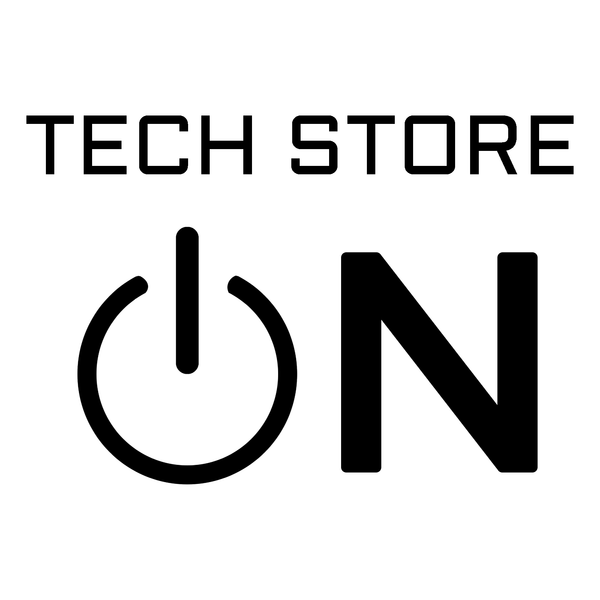Linux Historical Showdown: Debian vs Fedora
Both distributions are significant pillars in the Linux ecosystem, catering to different needs and audiences! (NOTE: We mostly offer Debian Linux distributions)
- Debian-Based Systems: Debian-based Linux OS is widely used and known for being reliable, stable and user-friendly. The most popular version is Ubuntu, a Debian-based Linux operating system that is excellent for professional computers and small transactional operations.
- Fedora-Based Systems: A Fedora-based Linux OS is all about cutting-edge technology. They’re best for desktop computing, development and digital services. Popular versions include commercially supported Red Hat Enterprise Linux (RHEL) and the free alternative, Rocky Linux.
Short History:
-
Debian:
- Founded: 1993 by Ian Murdock.
- Purpose: To create a completely free and open-source operating system.
- Legacy: Known for its strong commitment to free software principles and its role as the foundation for distributions like Ubuntu, Mint, and Kali Linux.
- Fedora:
-
- Founded: 2003 as a community-driven successor to Red Hat Linux.
- Purpose: To provide a cutting-edge, free operating system and serve as the upstream for Red Hat Enterprise Linux.
- Legacy: Known for its emphasis on innovation and for being the proving ground for new technologies like Wayland, Btrfs, and PipeWire.
Detailed Differences Between Debian and Fedora:
-
Base System:
-
Debian: A community-driven distribution known for its stability. It's the base for many other distributions like Ubuntu. It uses
.debpackages and the APT package manager. -
Fedora: Sponsored by Red Hat, it's a cutting-edge distribution that focuses on innovation and adopting the latest technology. It uses
.rpmpackages and the DNF package manager.
-
Debian: A community-driven distribution known for its stability. It's the base for many other distributions like Ubuntu. It uses
-
Target Audience:
- Debian: Prioritizes stability, making it ideal for servers and systems where reliability is crucial.
- Fedora: Aims at developers and those wanting the latest software, often acting as a testing ground for Red Hat Enterprise Linux (RHEL).
-
Release Cycle:
- Debian: Has three branches — Stable, Testing, and Unstable — with new stable releases roughly every 2-3 years.
- Fedora: Releases approximately every 6 months, offering faster updates.
-
Default Desktop Environment:
- Debian: Offers a choice during installation (GNOME is default in official images).
- Fedora: GNOME is the default desktop environment, with spins for others like KDE or XFCE.
-
Philosophy:
- Debian: Adheres strictly to free software principles, though it allows non-free repositories if enabled manually.
- Fedora: Includes only free and open-source software by default but provides easier access to third-party repositories for proprietary software.
- Support:
-
- Debian: Extensive community-driven support and a large repository of software.
- Fedora: Backed by Red Hat and has active community support.
